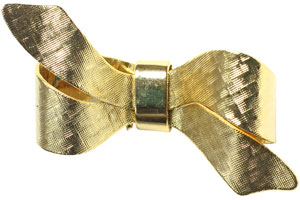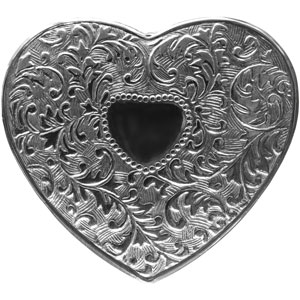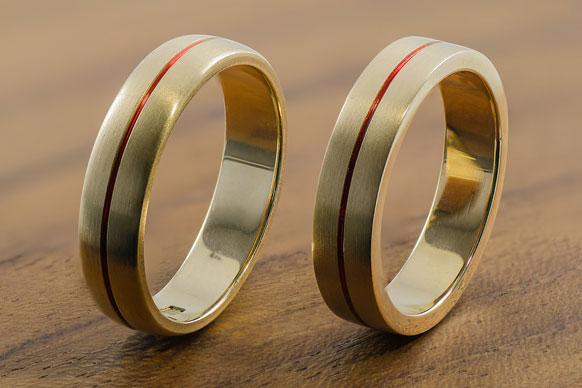Jewelry Surface Decoration
Jewelry Making > Jewelers
Fittings • Metals Solders • Stones Beads • Wire • Other Materials
Polishing
Polishing, which gives metal jewelry finish and shine, can be done by hand or by machine.Tools used in hand polishing include wet and dry sandpapers, purchased or homemade felt polishing sticks, and fine strings. Special compounds, rouge polishes, and liquid metal cleaners can be used for different textures and levels of shine. For small pieces or difficult areas, a flexible shaft machine with a mop attachment may be the best choice.
Texturing
Texturing enables the jeweler to add interesting shapes and patterns to jewelry. In addition to making jewelry unique, texturing can also be used to reflect the light and highlight a certain feature of the jewelry.There are many different ways to achieve texture. One of the most common ways to achieve texture is to pass jewelry through a rolling mill with string, cotton, paper, patterned metal, or fabric. Another way to achieve texture is to use a flexible shaft machine outfitted with burls, cutters, and grinders in different shapes and sizes.
Stamping and Embossing
During the stamping and embossing process, impressions are made into metal using a punch. Punches can be made of lead cake, wooden molds, and metal stamps and dies.Engraving
During the engraving process, metal on the surface of a piece of jewelry is removed to create a decoration. A tool called a square storper is used for removing metal, while a lozenge, square, or diamond is used for making lines. A liner is used to make background channels, while a spitstick is used to clean up edges.Engraving tools come in many different lengths and shapes depending upon the application; some are more appropriate for flat or convex surfaces, while others are more appropriate for curved or angled surfaces.
Inlaying
During the inlaying process, fine metal lines are placed in grooves that have been removed from the background metal. The edges of the groove that were raised during the chiseling are pushed over, and a burnisher is used to flatten the piece and smooth rough edges.Tools used during the inlaying process include chisel-type gravers of different sizes, a chasing hammer to hit the top of the chisel, and a matting or embossing punch for tapping wire into grooves.


